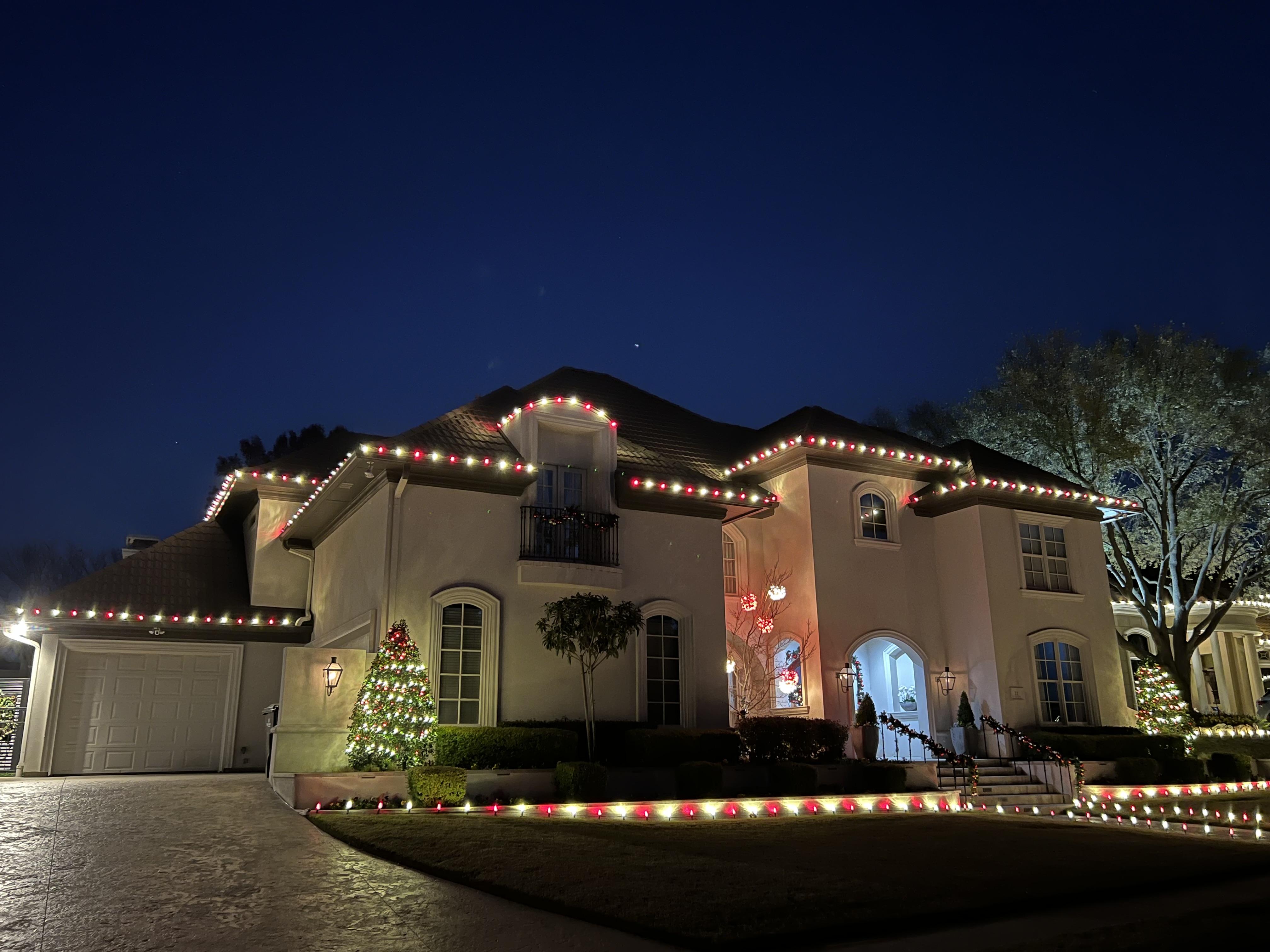
Sustainable Hardscaping: How to Design an Eco-Friendly Outdoor Area Sep 28, 2025
Start by choosing local and sustainable materials for your hardscaping projects. Opt for reclaimed stone or recycled pavers. These materials are often more environmentally friendly than new ones and provide a unique and authentic look to your space. By using resources that are sourced locally, you reduce transportation emissions, contribute to the local economy, and minimize the project's carbon footprint.
Consider the permeability of your hardscape surfaces. This is important for managing stormwater runoff and ensuring that water is absorbed back into the ground rather than overwhelming drains and sewers. Permeable pavers, gravel, or even grass can be integrated into your design to facilitate natural water absorption. These options not only support the local ecosystem but also reduce erosion and water pollution.
Incorporating native plants into your landscape can enhance its sustainability significantly. Native plants are adapted to the local climate and soil conditions, requiring less water, fertilizer, and pesticides. They support local wildlife, including pollinators like bees and butterflies, which are crucial for maintaining biodiversity. At Landscape Legends, we often complement hardscaping features like stone paths and retaining walls with native plantings, creating harmonious and practical natural habitats.
Water management is another critical aspect of sustainable hardscaping. Implementing systems such as rain gardens, which naturally collect and filter runoff, or installing rain barrels for irrigation can drastically reduce water waste. Using these strategies not only conserves water but efficiently utilizes rainwater, which is particularly advantageous in areas prone to drought.
Lighting your landscape also presents an opportunity to support sustainability. Opt for solar-powered lights, which harness the sun's energy and reduce electricity consumption. This choice is both eco-friendly and cost-effective. LED lights are another excellent alternative, consuming significantly less energy than traditional incandescent bulbs and lasting much longer.
Outdoor furniture and accessories should not be overlooked in your quest for sustainability. Choose furniture made from recycled materials or sustainably harvested wood. Many companies now offer options that are both stylish and eco-conscious. Additionally, repurposing old furniture or materials can add a personalized touch to your space while keeping waste out of landfills.
Finally, maintenance practices affect the sustainability of your landscape. By using organic mulches and fertilizers, you can keep your garden healthy without harmful chemicals. Regularly cleaning hardscape surfaces with natural products helps maintain their appearance and longevity without damaging the environment.
To conclude, eco-friendly hardscaping is an investment in the future of our planet. By being mindful in choosing materials, plants, and maintenance techniques, you can create an outdoor space that is beautiful, functional, and sustainable. At Landscape Legends, we're here to guide and support you through every step of your eco-friendly landscaping journey, ensuring that your outdoor living area not only meets but exceeds your ecological and aesthetic expectations. Together, we can make a significant impact, transforming our spaces and our planet, one landscape at a time.
/filters:no_upscale()/media/36db4acf-09bc-4471-86c7-8e7f008848eb.webp)
/filters:no_upscale()/filters:format(webp)/media/28886cac-d741-49a9-b1f9-7df164ca1911.png)